Its that time again the AGK is here, plus other dates and events you might be interested in. We are now taking submissions for our fourth AGK Deadline 14th of October ; the Autumn issue submission deadline 23rd of August; and Impact Residency exhibition 28th of August. Get your diaries out and write down these dates. We really hope to see you at the Impact Residency exhibition and please SEND US YOUR KARAOKE VIDEOS.
1 - The Annual General Karaoke 4 announced /// Deadline 14th October 2013
AGK 2013 TEASER 2
AGK 2013 TEASER 2 from yucknyum on Vimeo.
There’s a rumble in the distance… small children are running away terrified… some old folks are saying that must mean the AGK is coming… we need to show courage and we need some crazy ideas…
WE NEED MORE KARAOKE VIDEOS!
Since 2010 the AGK has attracted the brightest and best artists from across Scotland and beyond, all competing for the coveted prize. It’s a karaoke night where YOU make the videos. Its a karaoke video competition! Some of you will just want to make a simple, beautiful video and perform it by yourself. Others might have high concept ideas, direct a spectacular CGI fest and choreograph a team of performers around it. Some will be shy and just want to make a video that is so tremendous it will have the audience fighting over the right to sing it. The AGK has room for them all!FREE DEADLINE 14th OCTOBER
We’re delighted to announce that this year we’re teaming up with NEoN, and the AGK will be part of the 2013 NEoN festival. The AGK will be held in Dundee on Saturday the 9th of November, and we need your video by October 21st at the latest.£10 PAID DEADLINE 21st OCTOBER
The AGK champ gets all the fame and glory, and they get £300 too. Yes three whole hundred pounds! A whole £50 more than You’ve Been Framed offers for mistreating animals or children on video! More prizes will also be up for grabs, so watch this space.Even if you're still feeling shy of ideas, don't fret! The AGK Archive has all the incredible videos from the last three years! Have all your queries answered at our AGK Helpdesk on Facebook! Check for regular updates on Twitter! We'll be all over the interwebs with 2013's most essential event: the AGK!
2 - Autumn issue submission deadline fast approaching /// 23rd of August 2013
The deadline for submission to the Autumn issue of YnY is Friday the 23rd of August. As always, we very much look forward to receiving your submissions. We've added a wee reminder of 'How to submit' , so please cast your eye over this before pressing send.
Yuck 'n Yum are hosting our Autumn 2013 edition launch in Aberdeen, watch this space for further details!
3 - Proof: An exhibition by Beatrice Haines/// 28th of August - 1st of September 2013
Yuck 'n Yum and the Hannah Maclure Centre are pleased to announce Proof the upcoming exhibition by Beatrice Haines the artist who was selected for our Impact Residency. The exhibition will take place during the inaugural Print Festival Scotland which is part of Impact8 International Printmaking Conference, held this year in Dundee.
Beatrice has spent time in the Abertay forensic science lab and the print studio at Dundee Contemporary Arts to produce the works which will be on display in Proof.
Image from Laboratory exploration courtesy the artist
Each piece of work will be produced using materials commonly used in forensics. The exhibition aims to reveal the invisible, whether it be minute detail too small for the human eye or prints left from the surface of skin.
WHEN:
Open Wednesday 28th August – Monday 2nd September 2013
Week days: 10am – 5pm Weekend: 12pm-4pm
Special event (as part of art crawl) on Friday 30th August 2013
WHERE:
Hannah Maclure Centre
Top Floor Student Centre
University of Abertay Dundee
1-3 Bell Street
Dundee
DD1 1HG
T: 01382 308324
E: exhibitions@abertay.ac.uk
www.beatricehaines.com
Hope to see you there!
Love from the Yuck 'n Yum team




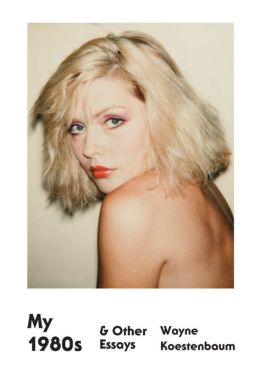




















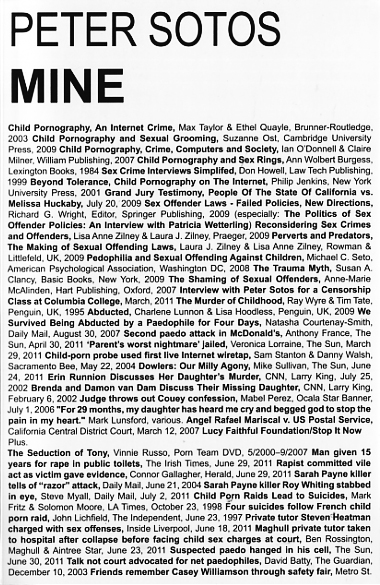
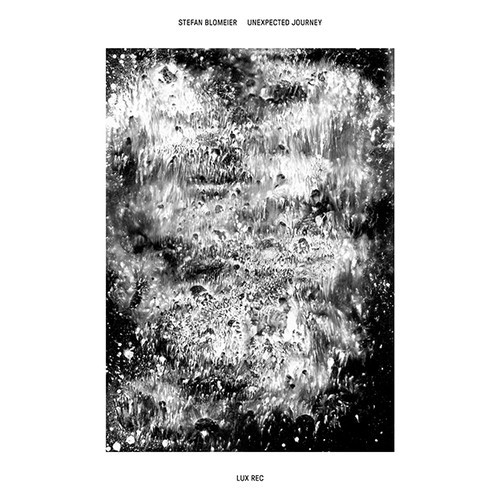
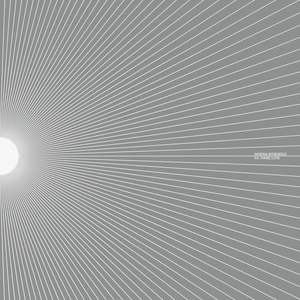

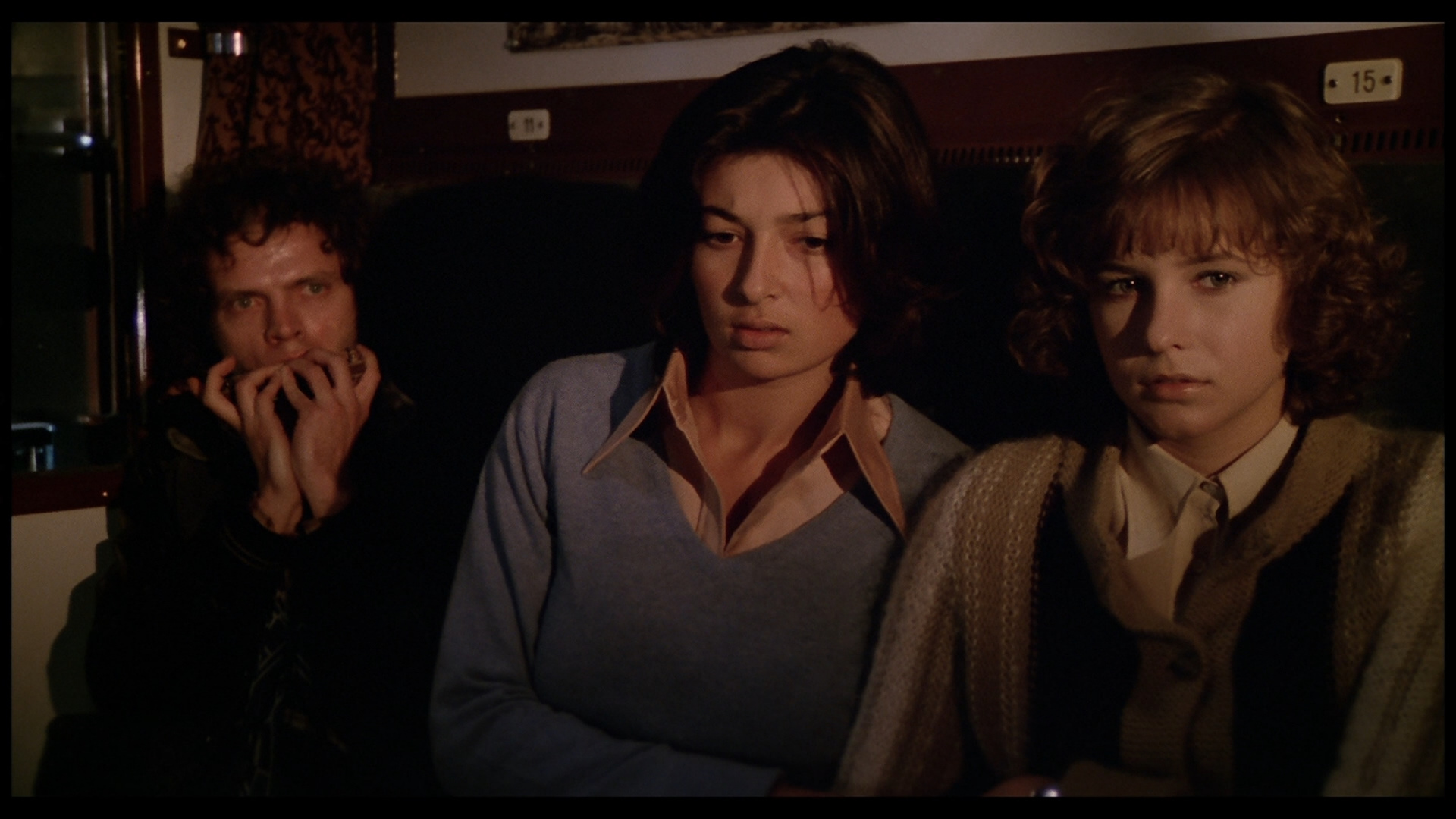
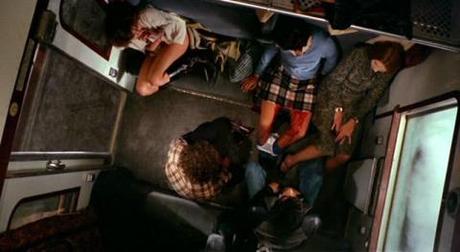









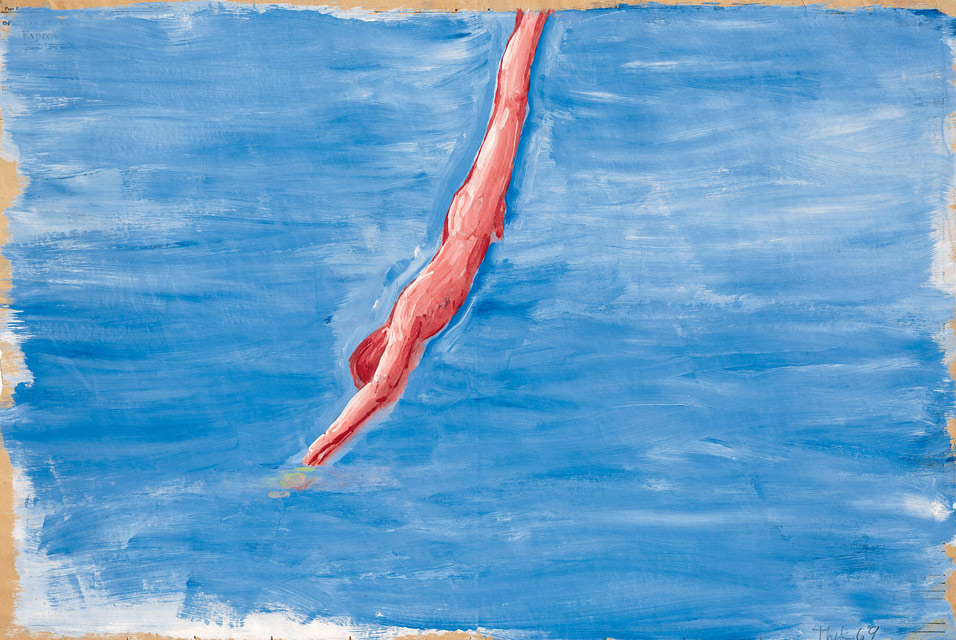
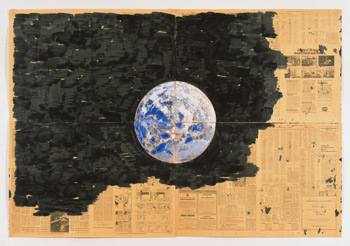

+Grapes+1975.jpg)


The British New Wave movement had then a darker voice ,a deeper depth ,a broader ambition !